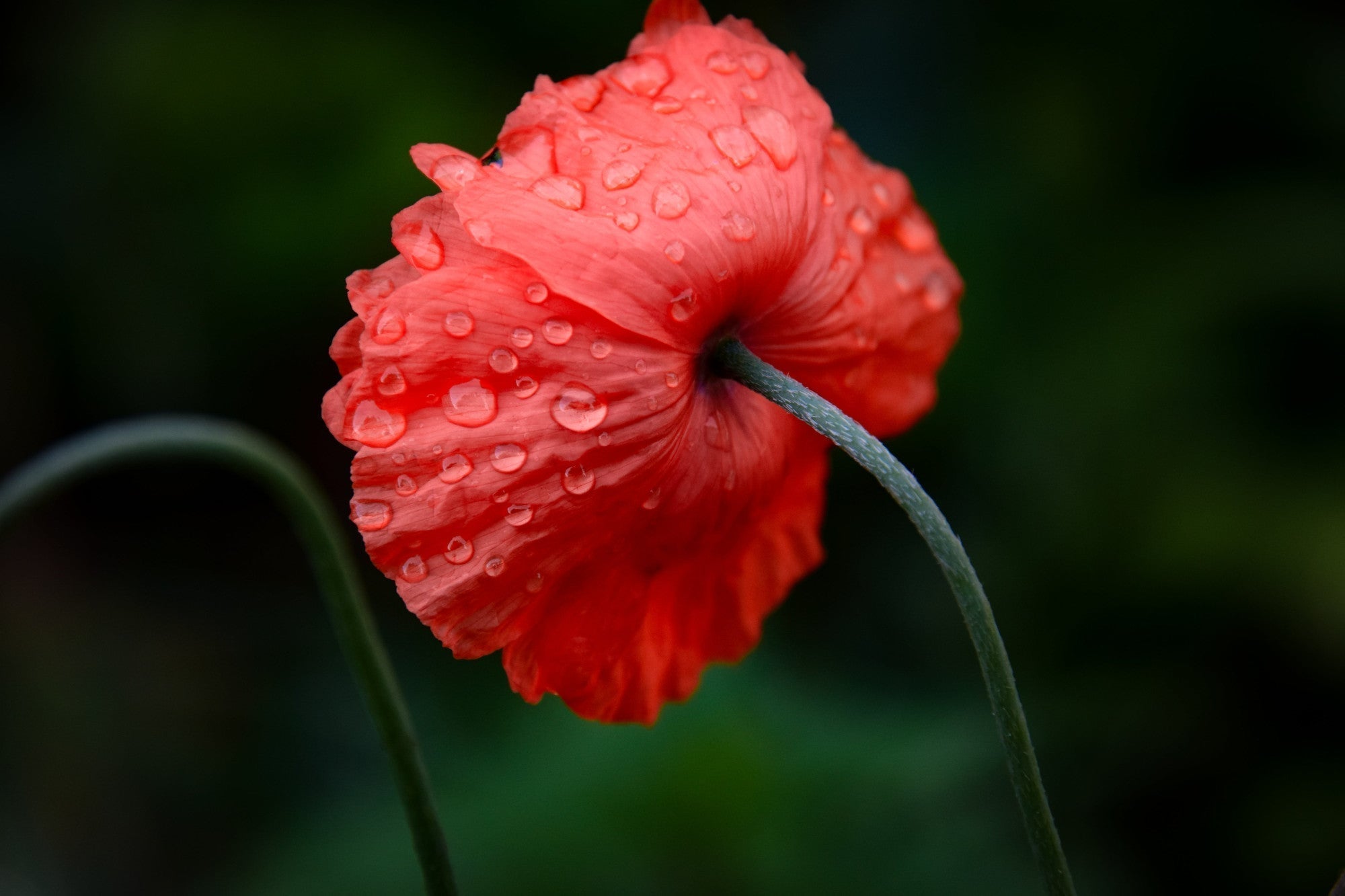The sunlight guidelines or requirements listed on plant tags can be confusing for gardeners to interpret, but it is one of the most important aspects to consider when planning your garden. Sun-loving plants may become straggly and not bloom when planted in too shady of an area, while shade-loving plants may scorch and die if planted in too much sun.
The sunlight guidelines listed below are primarily for annual plants in Minnesota.
Full Sun

Full sun is commonly defined as 6-8 hours of direct sunlight each day.
Some plants that are listed as full sun may only be able to handle 7 hours of sun, for example Bacopa and Verbena, while others are able to handle 10 hours or more, such as most Petunias and Vinca (Madagascar Periwinkle). Other examples of full sun plants include:
- Marigolds
- Salvia
- Wax Begonia
- Zinnia
- Snapdragon
Plants in this light category may also appreciate being protected from the sun during the hottest part of the day, receiving 4-5 hours of sun in both the morning and afternoon as the time they spend in the sun does not have to be continuous. While they may be able to handle long daylight hours, they may require frequent watering to help them endure the heat during the hot summer months.
Part Sun / Part Shade

The terms Part Sun and Part Shade are frequently used interchangeably, but have slightly different definitions. In general, these plants require some direct sun, about 4-6 hours, preferably in the morning or early evenings. The sun at these hours is not as intense as it is in the middle of the day. Examples include:
- Coleus
- Lobelia
- English Ivy
- Torenia
- SunPatiens
Plants listed as part sun need 4-6 hours of direct sunlight each day, while plants listed as part shade require even less, about 3-5 hours each day. If these plants receive too little sun, they may not bloom or flourish as well as they would in a sunnier location. If you have one of these plants in a pot or basket, you may want to rotate them frequently to encourage even growth and bloom.
Full Shade

Full Shade plants require very little direct sunlight, only 3 hours or less each day. They do very well on the east side of buildings or under large tree canopies where they receive dappled shade all day or for part of the day.
Full Shade does not mean a plant cannot have any direct sunlight. Very few plants flourish in deep shade, and many that do are perennials. Examples include:
- Impatiens
- Fuchsia
- Oxalia
- Colocasia
- Hypoestes
Remember, each location is different and it can take a few years of trial and error to find what will work best in your area. Before choosing plants, monitor the light levels in your yard throughout the day – areas that are sunny when you leave for work in the morning may quickly move into the shade, or vice-versa.



